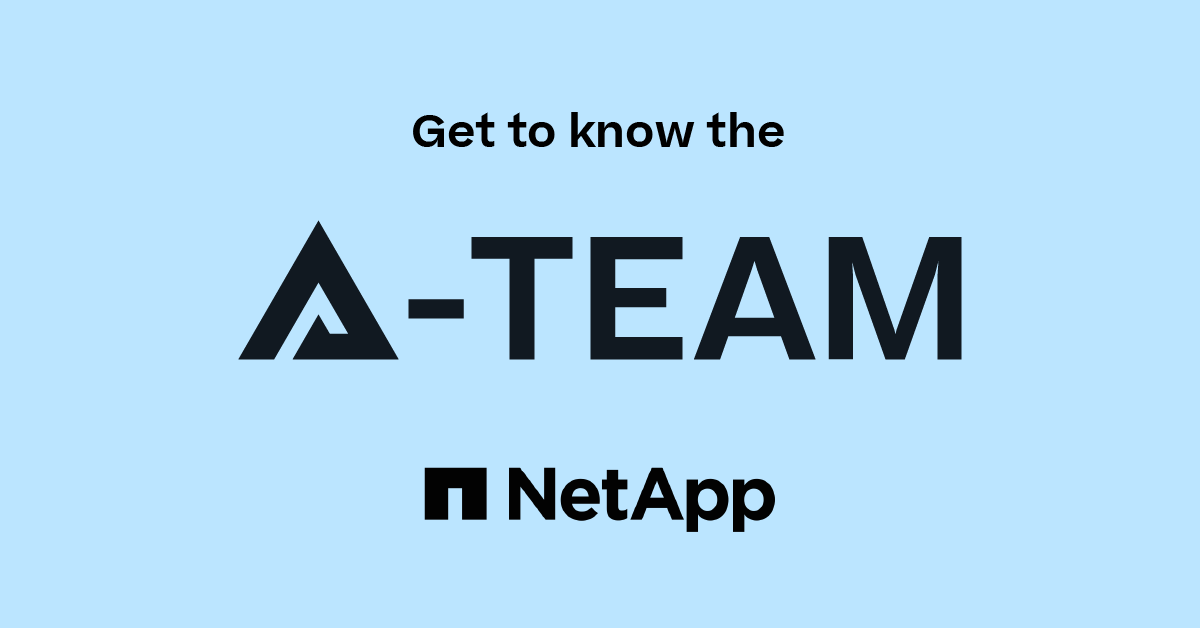Software Development Kit (SDK) and API Discussions
- Home
- :
- Developer Network
- :
- Software Development Kit (SDK) and API Discussions
- :
- How can i create and connect to Virtual layer between NetApp and Application ?
Software Development Kit (SDK) and API Discussions
- Subscribe to RSS Feed
- Mark Topic as New
- Mark Topic as Read
- Float this Topic for Current User
- Bookmark
- Subscribe
- Mute
- Printer Friendly Page
How can i create and connect to Virtual layer between NetApp and Application ?
- Mark as New
- Bookmark
- Subscribe
- Mute
- Subscribe to RSS Feed
- Permalink
- Report Inappropriate Content
HI All,

so, every API calls passes through that layer.
Even Actual connections happens through that layer.
1. How can i connect to Layer ?
2. How NetApp connections happens and how can i get response for that session?
Thanks in Advace.
Divya Jyoti Das
Solved! See The Solution
- Mark as New
- Bookmark
- Subscribe
- Mute
- Subscribe to RSS Feed
- Permalink
- Report Inappropriate Content
NMSDK is a set of libraries which make consuming the ONTAP API (a.k.a. ZAPI) easier. You would need to create an application which accepts some form of input from the user, e.g. JSON, describing what is desired, then translate that into a request to the storage system's API...using NMSDK is one of the ways you can communicate with ONTAP. For example:
- User sends a request to your app which says "I want 10GB of Gold storage"
- Your app interprets Gold == AFF
- It does whatever logic you implement to select where to provision the request (e.g. cluster 4 -> controller 3 -> aggr 12)
- Using NMSDK, the API request is executed against the cluster to create the storage (and enable access...i.e. create an export policy + rules)
- Return the info needed to connect to the requestor
About 95% of this is handled for you with something like NSLM.
Not sure what you mean by #2. Any computer which can talk to the storage on a management LIF can accomplish that.
Andrew
- Mark as New
- Bookmark
- Subscribe
- Mute
- Subscribe to RSS Feed
- Permalink
- Report Inappropriate Content
Hello @Divya_Jyoti_Das,
There are number of ways to address this issue...here is a completely incomplete list:
- Inside NetApp's portfolio:
- NetApp Service Level Manager (NSLM)
- NetApp API Services (API-S)
- OnCommand Workflow Automation (WFA)
- Outside NetApp's portfolio:
- OpenStack Cinder
- VMware vRealize
- Puppet/Chef/Ansible
And, of course, you could create your own.
Hope that helps!
Andrew
- Mark as New
- Bookmark
- Subscribe
- Mute
- Subscribe to RSS Feed
- Permalink
- Report Inappropriate Content
Hi,
Thanks for Posting.
1. Can you explain in more detail how can i use NMSDK to develop such application ?
2. How can i set up server which would serve the API request from Server ?
Thanks in Advance
Divya Jytoi Das
- Mark as New
- Bookmark
- Subscribe
- Mute
- Subscribe to RSS Feed
- Permalink
- Report Inappropriate Content
NMSDK is a set of libraries which make consuming the ONTAP API (a.k.a. ZAPI) easier. You would need to create an application which accepts some form of input from the user, e.g. JSON, describing what is desired, then translate that into a request to the storage system's API...using NMSDK is one of the ways you can communicate with ONTAP. For example:
- User sends a request to your app which says "I want 10GB of Gold storage"
- Your app interprets Gold == AFF
- It does whatever logic you implement to select where to provision the request (e.g. cluster 4 -> controller 3 -> aggr 12)
- Using NMSDK, the API request is executed against the cluster to create the storage (and enable access...i.e. create an export policy + rules)
- Return the info needed to connect to the requestor
About 95% of this is handled for you with something like NSLM.
Not sure what you mean by #2. Any computer which can talk to the storage on a management LIF can accomplish that.
Andrew
